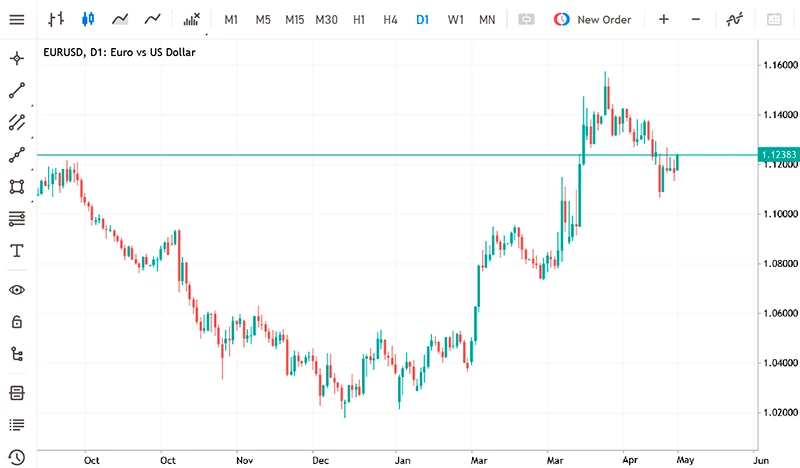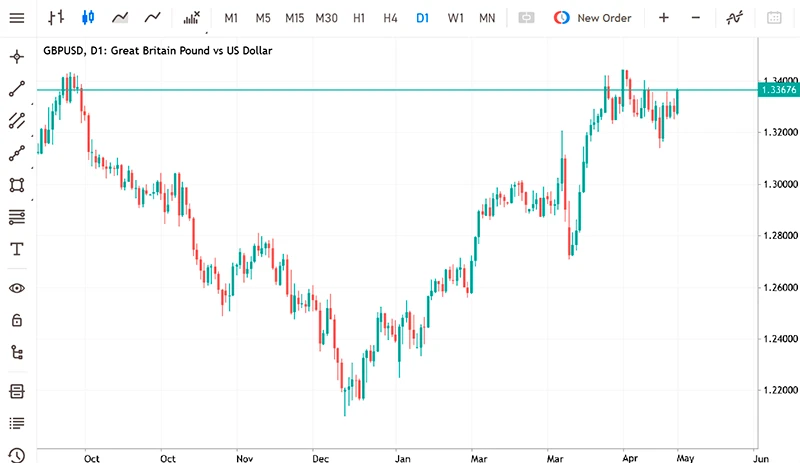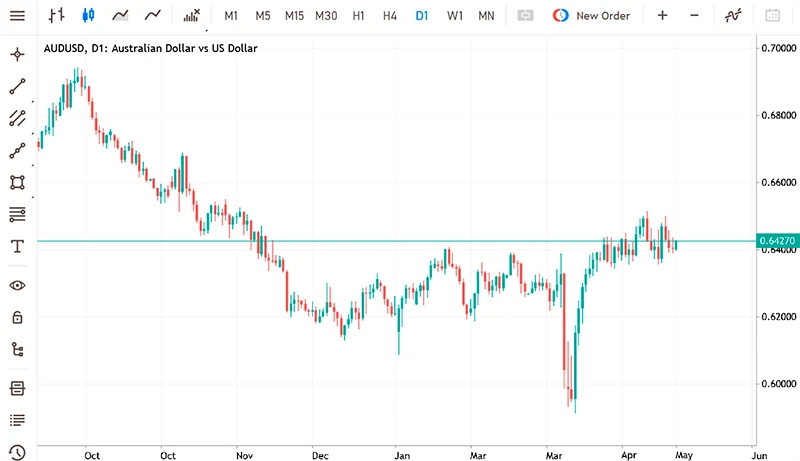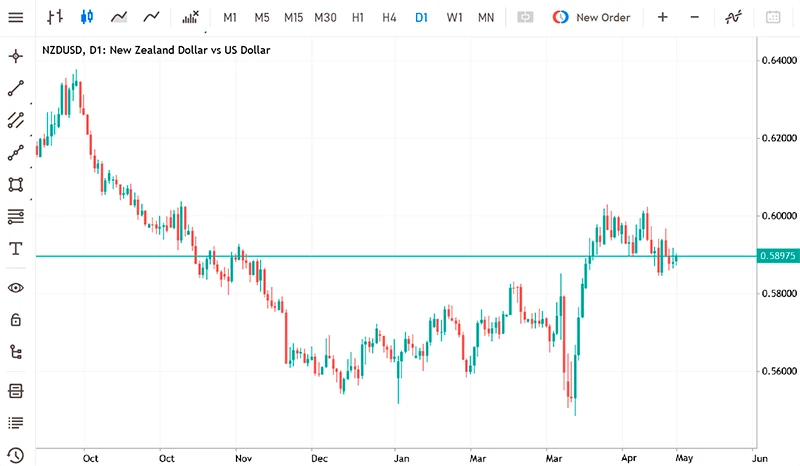If you're just starting your forex trading journey, you've probably come across the term major forex pairs. These pairs dominate the trading world, and for good reason — they’re the most liquid, most popular, and often the most beginner-friendly. But what exactly are they? Why do they matter? And how should a new trader approach them?
In this article, we'll break down everything you need to know about major forex pairs — no jargon, just simple, useful explanations. Whether you're looking to make your first trade or understand what drives the market, this is a great place to begin.
What Are Major Forex Pairs?
In forex trading, currencies are traded in pairs. The most popular and heavily traded of these are called major forex pairs. What makes them “major” isn’t just popularity — it’s a combination of high liquidity, tight spreads, and strong global interest.
Major forex pairs always include the US dollar (USD), the world’s reserve currency. The other currency in the pair is one of the most widely used currencies in the world. These pairs account for the bulk of daily trading volume in the forex market.
The most common major forex pairs include:
- EUR/USD – Euro / US Dollar
- USD/JPY – US Dollar / Japanese Yen
- GBP/USD – British Pound / US Dollar
- USD/CHF – US Dollar / Swiss Franc
- AUD/USD – Australian Dollar / US Dollar
- USD/CAD – US Dollar / Canadian Dollar
- NZD/USD – New Zealand Dollar / US Dollar
These are the “big seven” that traders around the world focus on every day.
Why Do Major Forex Pairs Matter?
There are thousands of combinations of currencies you could trade, so why do these seven pairs matter so much — especially for beginners?
Let’s take a closer look:
- High Liquidity. These pairs have the highest trading volumes in the world. That means there’s always someone buying or selling, which leads to faster trade execution and lower slippage.
- Tight Spreads. Because of the volume and competition, spreads (the difference between buying and selling price) are usually very small — which can help lower your trading costs.
- News Coverage. Economic data, political events, and market forecasts related to these currencies are widely covered and easy to follow. That makes analysis more accessible for beginners.
- Lower Volatility (in most cases). Major pairs tend to be more stable compared to exotic pairs. While volatility still exists (and can create trading opportunities), price movements are often less extreme.
- Smooth Technical Analysis. Because these pairs are heavily traded, they often follow technical patterns more clearly than thinly traded currencies.
Overview of the Most Popular Major Forex Pairs
Let’s briefly go over each of the major pairs so you get a feel for how they move and what drives them.
EUR/USD – Euro / US Dollar
This is the most traded currency pair in the world. It reflects the relationship between the two largest economies — the Eurozone and the United States. It reacts strongly to interest rate decisions, inflation data, and geopolitical events from both regions.
Tip: Great for learning technical analysis due to its liquidity and relatively smooth trends.
EUR/USD – Euro / US Dollar
Fun Fact: The EUR/USD is often called “the fiber” by traders — a nod to its modern, digital nature compared to the older “cable” nickname for GBP/USD.
💬 Why it matters: This pair alone accounts for nearly 25% of global forex trading volume — it's like the heavyweight champion of the forex market.

USD/JPY – US Dollar / Japanese Yen
This pair is known for its sensitivity to global risk sentiment. When traders are nervous about the economy, they often move to the Japanese yen as a “safe haven.”
Tip: Watch out for sharp moves during Asian trading hours and Bank of Japan announcements.
USD/JPY – US Dollar / Japanese Yen
Fun Fact: The Japanese yen is the most traded Asian currency and the third most traded currency overall.
💬 Why it matters: The yen is widely considered a “safe haven” — when global markets panic, traders often rush into the yen, making this pair a barometer of market fear.
GBP/USD – British Pound / US Dollar
Also known as “Cable,” this pair can be more volatile than others. It often reacts quickly to UK political news, Bank of England decisions, and economic indicators.
Tip: Good for more active traders who can manage risk.
GBP/USD – British Pound / US Dollar
Fun Fact: GBP/USD is nicknamed “cable” because in the 1800s, exchange rates between London and New York were transmitted via the transatlantic telegraph cable.
💬 Why it matters: The pound is one of the oldest currencies still in use and tends to be more volatile than other majors, which many active traders love.

USD/CHF – US Dollar / Swiss Franc
Another pair that includes a “safe haven” currency — the Swiss franc. Often seen as a conservative choice in uncertain times.
Tip: Moves can be slow and steady, making it useful for practicing chart reading.
USD/CHF – US Dollar / Swiss Franc
Fun Fact: The Swiss franc is known as the “Swissie” among traders.
💬 Why it matters: Switzerland's long-standing political neutrality and strong banking system make the franc a top-tier safe-haven currency, especially during geopolitical crises.
AUD/USD – Australian Dollar / US Dollar
This pair is often influenced by commodity prices, especially metals like gold, since Australia is a major exporter. It also reacts to China’s economic data, as China is Australia’s biggest trading partner.
Tip: Popular during the Asian session.
AUD/USD – Australian Dollar / US Dollar
Fun Fact: Traders often call the AUD/USD pair the “Aussie.”
💬 Why it matters: Australia’s economy is heavily reliant on commodity exports, especially gold and iron ore — so this pair moves with global commodity trends.

USD/CAD – US Dollar / Canadian Dollar
Known as the “Loonie,” this pair is highly correlated with oil prices, as Canada is a major oil exporter.
Tip: Keep an eye on crude oil trends when trading this pair.
USD/CAD – US Dollar / Canadian Dollar
Fun Fact: The USD/CAD is affectionately referred to as the “Loonie,” a nickname derived from the loon, the bird featured on Canada’s $1 coin.
💬 Why it matters: As one of the world’s largest oil exporters, Canada’s currency moves closely with oil prices — giving traders an indirect way to trade energy markets.
NZD/USD – New Zealand Dollar / US Dollar
This pair is similar to AUD/USD in many ways and is often traded during the same session. It’s also affected by commodity prices, especially dairy products.
Tip: Useful for traders looking to diversify without straying far from major pairs.
NZD/USD – New Zealand Dollar / US Dollar
Fun Fact: NZD/USD is known as the “Kiwi” in trading circles, after New Zealand’s national bird.
💬 Why it matters: Though New Zealand has a relatively small economy, the Kiwi is surprisingly active in global markets, especially during the Asian trading session.

Tips for Beginners Trading Major Forex Pairs
If you’re new to forex, here are a few practical tips to help you get started:
- Start with One Pair
- Don’t try to trade all major pairs at once. Start with EUR/USD or another pair with lower volatility. Learn how it reacts to news and economic reports.
- Use a Demo Account
- Before risking real money, open a demo account. Practice your strategy and get familiar with the platform.
- Keep an Eye on Economic Calendars
- Forex markets move on news. Central bank decisions, inflation data, and job reports often drive prices. Make it a habit to check the calendar daily.
- Stick to Your Risk Management Rules
- Don’t risk more than 1–2% of your trading account on a single trade. Use stop-loss and take-profit orders.
- Be Patient and Consistent
- Trading is a skill. It takes time to develop discipline and confidence. Don’t rush — focus on learning.
Final Thoughts
Major forex pairs are a great starting point for anyone beginning their trading journey. They're well-covered, more stable, and easier to analyze than exotic or lesser-traded pairs. By focusing on these currencies, you give yourself the best chance to learn the ropes in a more predictable environment.
And when you're ready to take that next step, NordFX offers everything you need — from tight spreads on major forex pairs to user-friendly platforms and professional support.
Ready to start trading? Open your account with NordFX today and experience the global forex market firsthand.
Go Back Go Back
